Two exhibition routes tell the story of Italian design on display at MA*GA in Gallarate
For five months, Italian design will be the absolute protagonist at MA*GA in Gallarate, with the contribution of the Ministry of Culture and Regione Lombardia - Assessorato alla Cultura. From October 13, 2024 to March 2, 2025, two exhibition routes, but complementary and linked by the same installation curated by Parasite 2.0, will tell the story and the near future of a language that has distinguished and continues to distinguish Italy in the world ART AND DESIGN. DESIGN IS ART and HYPERDESIGN. XXVII edition of the Gallarate Prize. art and design. Design is art, from a project by Philippe Daverio (Mulhouse, 1949 - Milan, 2020), curated by Emma Zanella, Vittoria Broggini and Alessandro Castiglioni, is the exhibition dedicated to the history of Italian Design. HYPERDESIGN. XXVII edition of the Gallarate Prize, curated by Chiara Alessi, is instead reserved for projects and processes of design after the zero years around some of the crucial themes of our present: sustainability and environment, safety and work, inclusiveness and relationship.
Art and Design. Design is art
The exhibition takes its cue from a project that, in 2009, Philippe Daverio had formulated together with MA*GA following a long process of research and discussion on the Museum’s collections and the protagonists who have determined significant turning points in the relationship between art and design. The project is now actualized and reproposed, on the occasion of the first thirty years of the history of the MA*GA’s Design section, in a path dedicated to the dialogue between visual arts and design that characterized the post-World War II period, an adventure of tireless innovation and experimentation. The exhibition is divided into five sections. Art and Design. Design is art, in fact, is introduced by a tribute to Philippe Daverio’s essay “Design born in Milan: a story of boys from a good family,” from which the aesthetic choices of this exhibition were inspired, with a series of armchairs by Gio Ponti, Luigi Caccia Dominioni, and Marco Zanuso, flanked by a portrait of the Ponti family painted by Massimo Campigli. The itinerary opens in the years just after the end of World War II, where the essential structures of objects become more pointed, angular, and hard, as in Franco Albini ’s Cicognino here in dialogue with L’Urto, a canvas by Emilio Vedova in which black geometries restore the drama of the conflict. These forms are answered by freer polychrome structures: this is the period in which the Movimento Arte Concreta and a construction that mixes rigor and organicity, as in Gillo Dorfles’ work, Immagini ambigue, or Antonia Campi’s umbrella stand.
The section When Living Rooms Were White analyzes the period of the economic boom, when a new taste, typical of urban elites, transformed the home into a space in which to represent oneself. This aesthetic is characterized by essential forms that find assonance with the abstract and spatialist elegance of coeval art. At the same time, industrial production also invents new materials, produces new objects, including technological ones, that are easily accessible, and works of art respond accordingly. In these ideal living rooms, Lucio Fontana ’s Attese dialogues with Bruno Munari ’s suspended lamps, opening up insights into the rhythmic relationship between solids and voids, absences and presences, objecthood and immateriality.
In the 1970s, the economic and energy crisis, political difficulties, and the tensions of the Years of Lead led designers to reflect and develop a more essential language. A democratic design was born, made, as Enzo Mari thought, of self-construction kits, but also of revolutionary ideas in which utopia became the main feature. This is what happens with the poetic Metaphors of Ettore Sottsass immersed in dialogue with nature or with the Arte Povera works of Giulio Paolini or Alighiero Boetti.
Milano da bere, a title borrowed from a famous advertisement, explores the period of the 1980s, when there was a new explosion of consumption, the affirmation of a hedonistic and light society, marked by the return of color and the international success of Made in Italy. Design takes on a postmodern and citationist character, looking to the past to reshape it, as in the emblematic case of Alessandro Mendini ’s Proust armchair. Another element is that of irony, which between the 1980s and 1990s turns both to the history of art, as in the case of Maurizio Cattelan, who quotes Lucio Fontana through cuts on the canvas that resemble Zorro’s signature, and to the domestic dimension, as in the case of Alessi, a company capable, in dialoguing with the most important designers of our time, of giving new meaning to the simple objectuality of the kitchen.
Thanks to the media partnership of Rai Cultura, the exhibition also hosts, in the large space designed by Parasite2.0 and dedicated to non-formal encounters with the Museum’s audiences, a selection of programs, theme songs, documents and well-known and lesser-known personalities, chosen in collaboration with Rai Teche, destined to tell the story of another form of design, the cultural and social one that television has helped to delineate. Art and Design. Design is Art completes and ideally closes with the 1990s, leaving the analysis of what is happening in the 21st century to HYPERDESIGN, the exhibition project conceived by Chiara Alessi for the XXVII edition of the Gallarate Prize. A final reflection, a kind of afterword, links the two exhibitions. It is Under Attack, an interactive work by Ennio Bertrand, a pioneer artist of digital art in Italy, in which the public can intervene and develop their own reflections on the theme of the attack on the Twin Towers in New York on September 11, 2001.
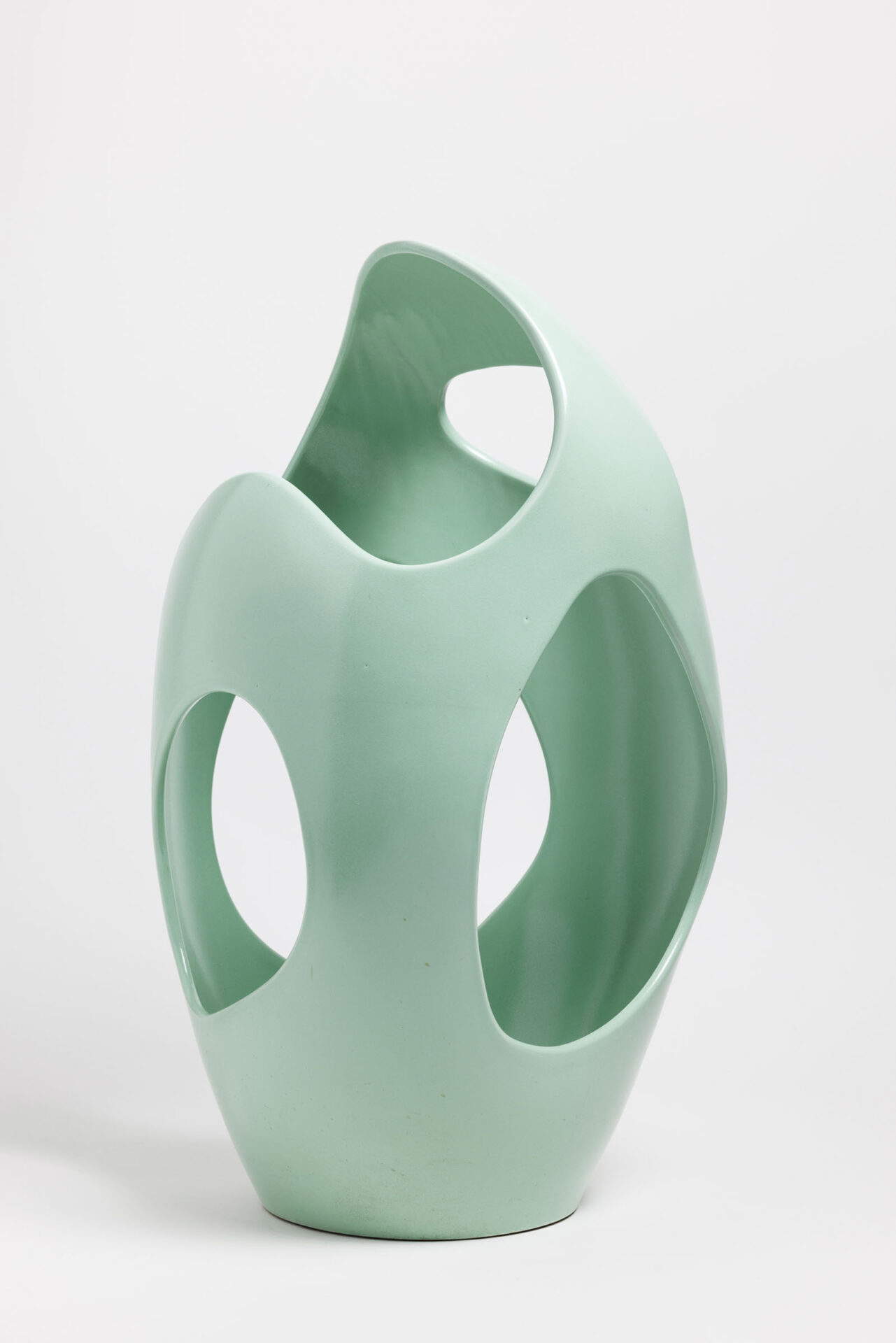

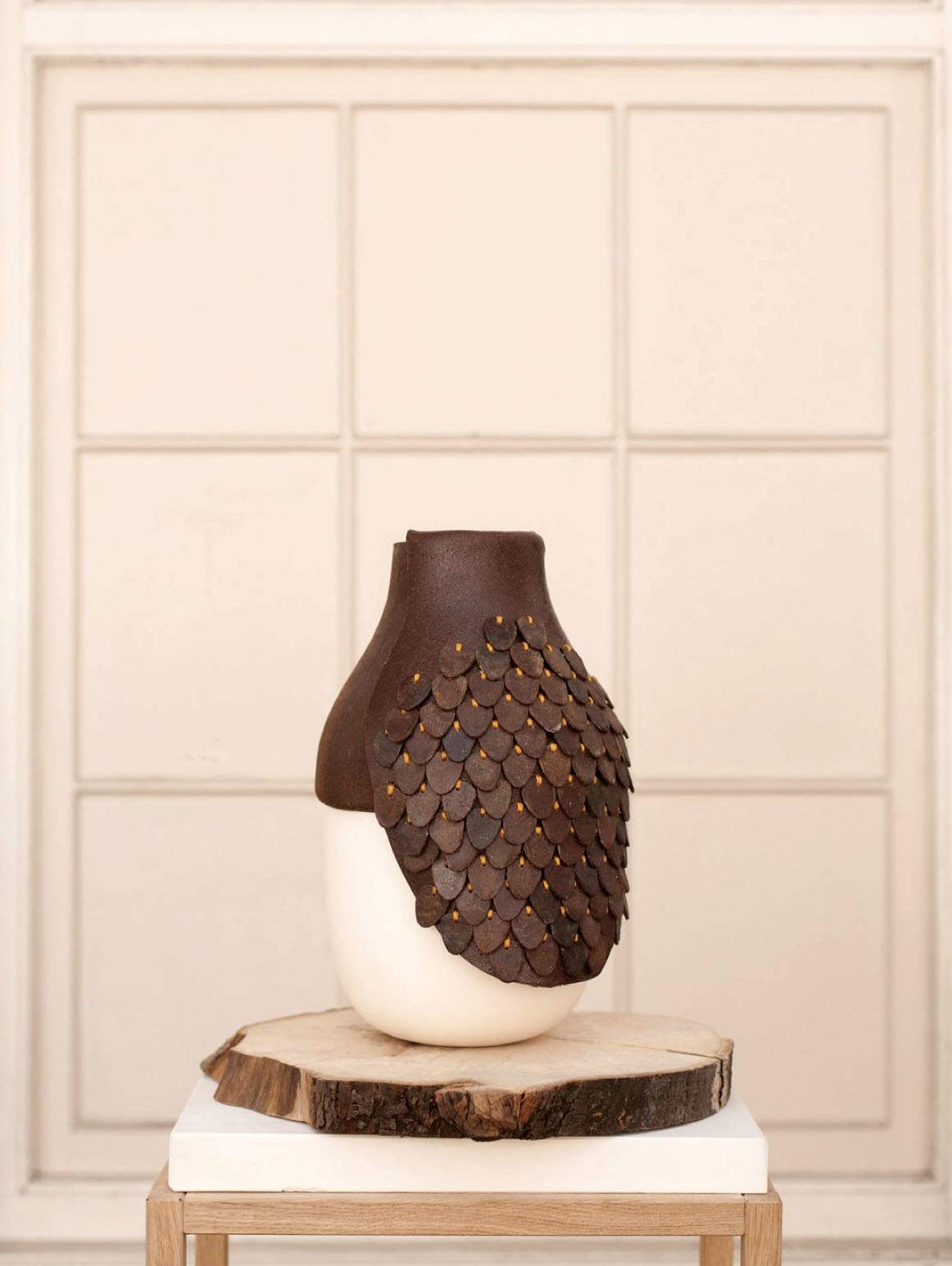

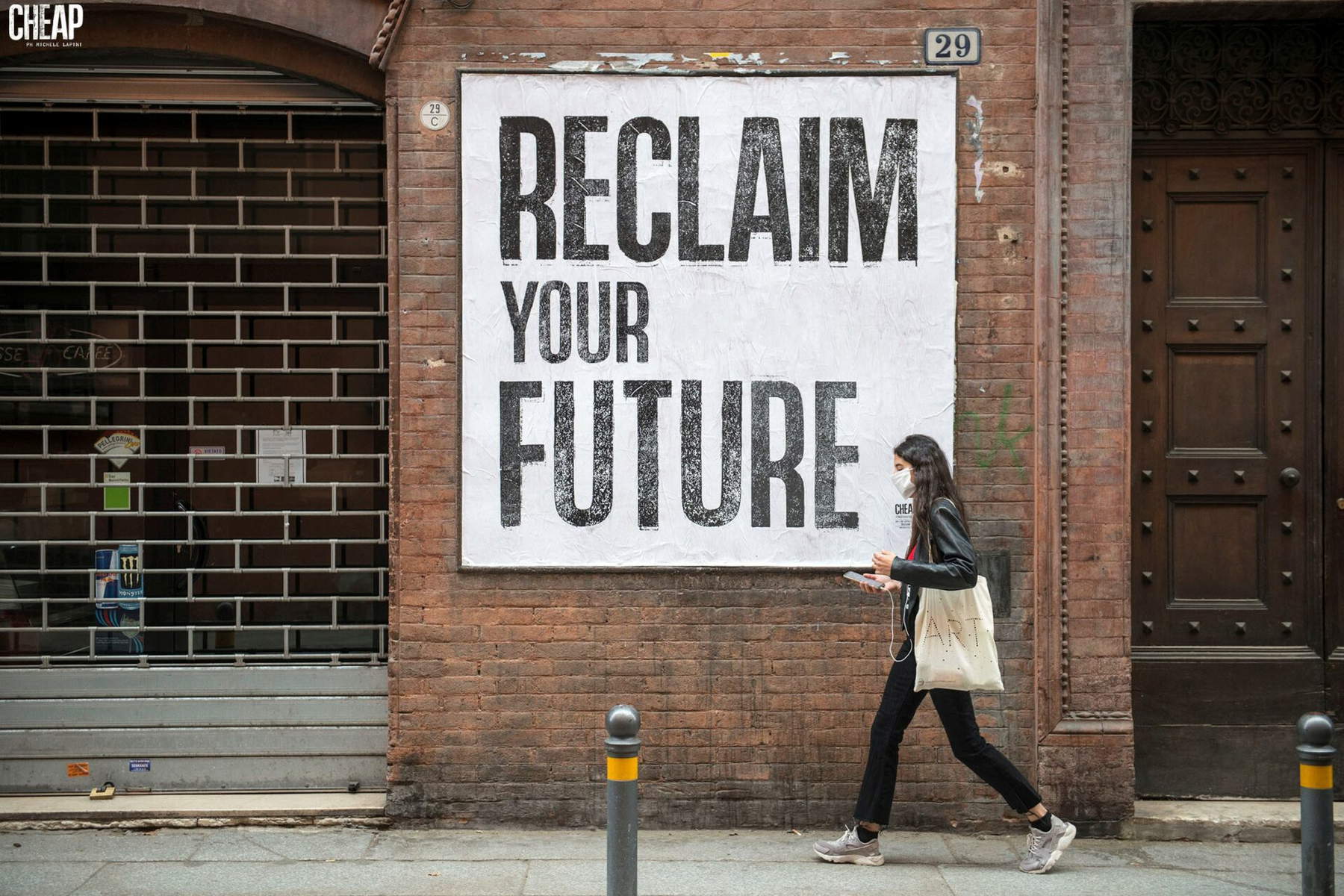
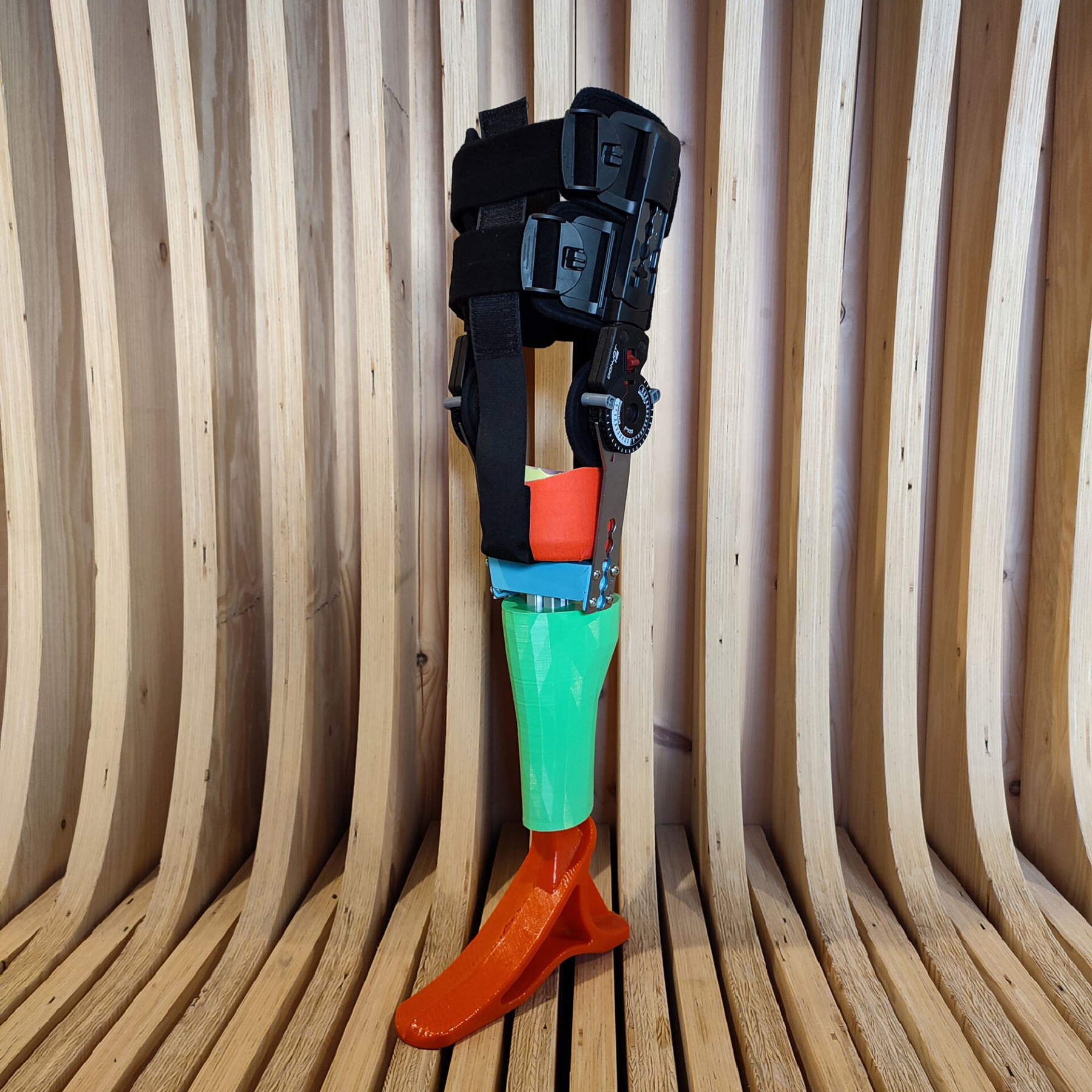
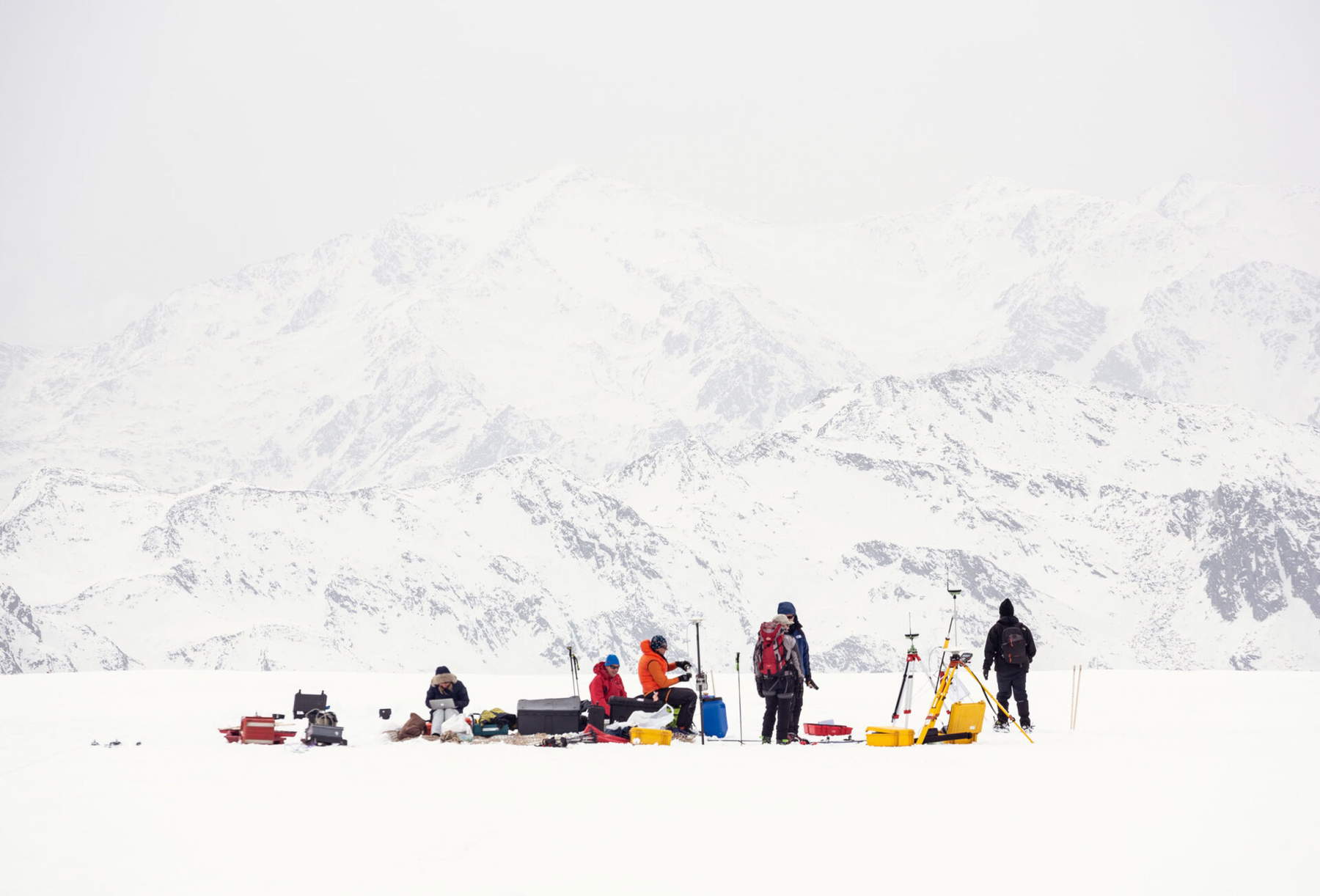
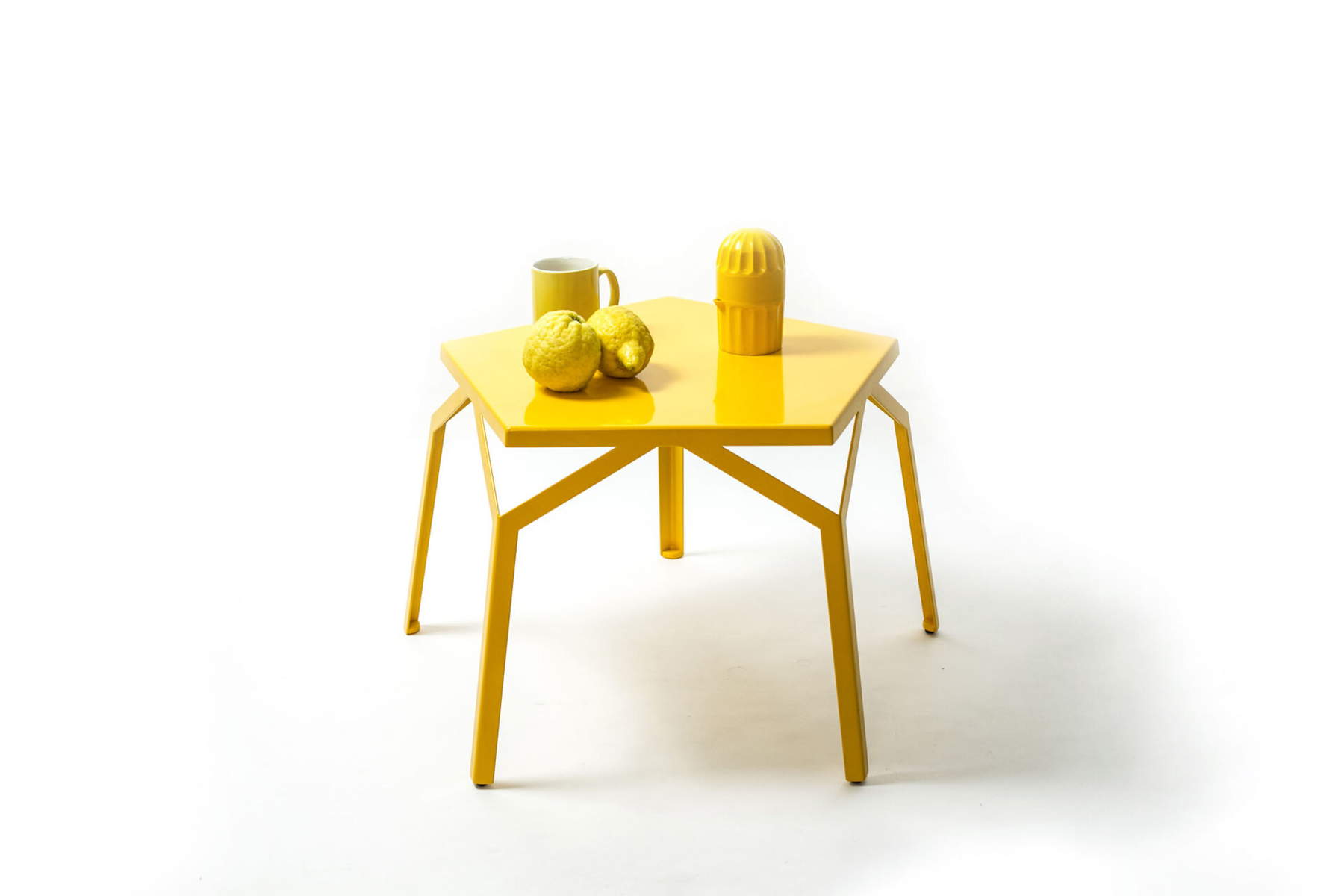
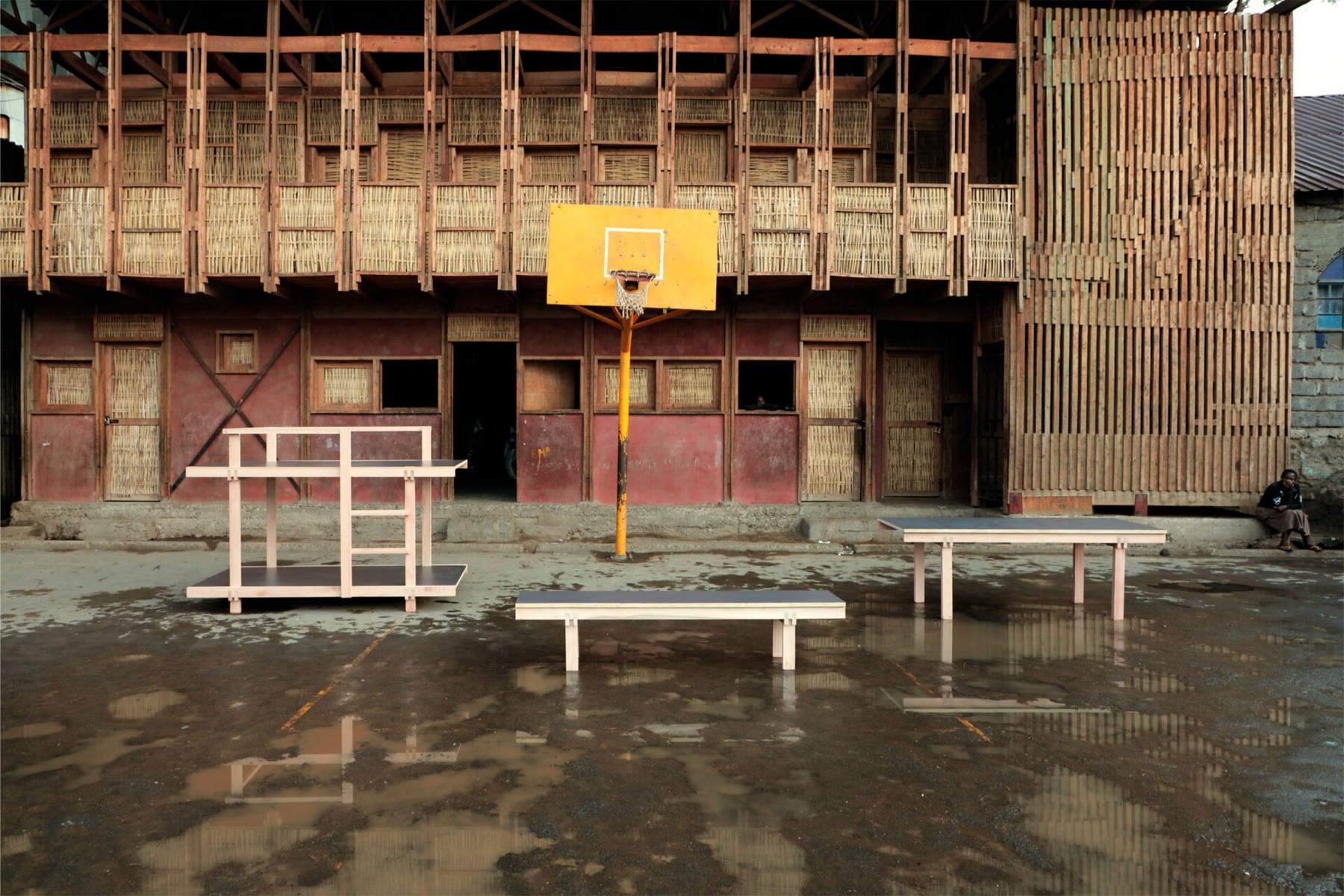
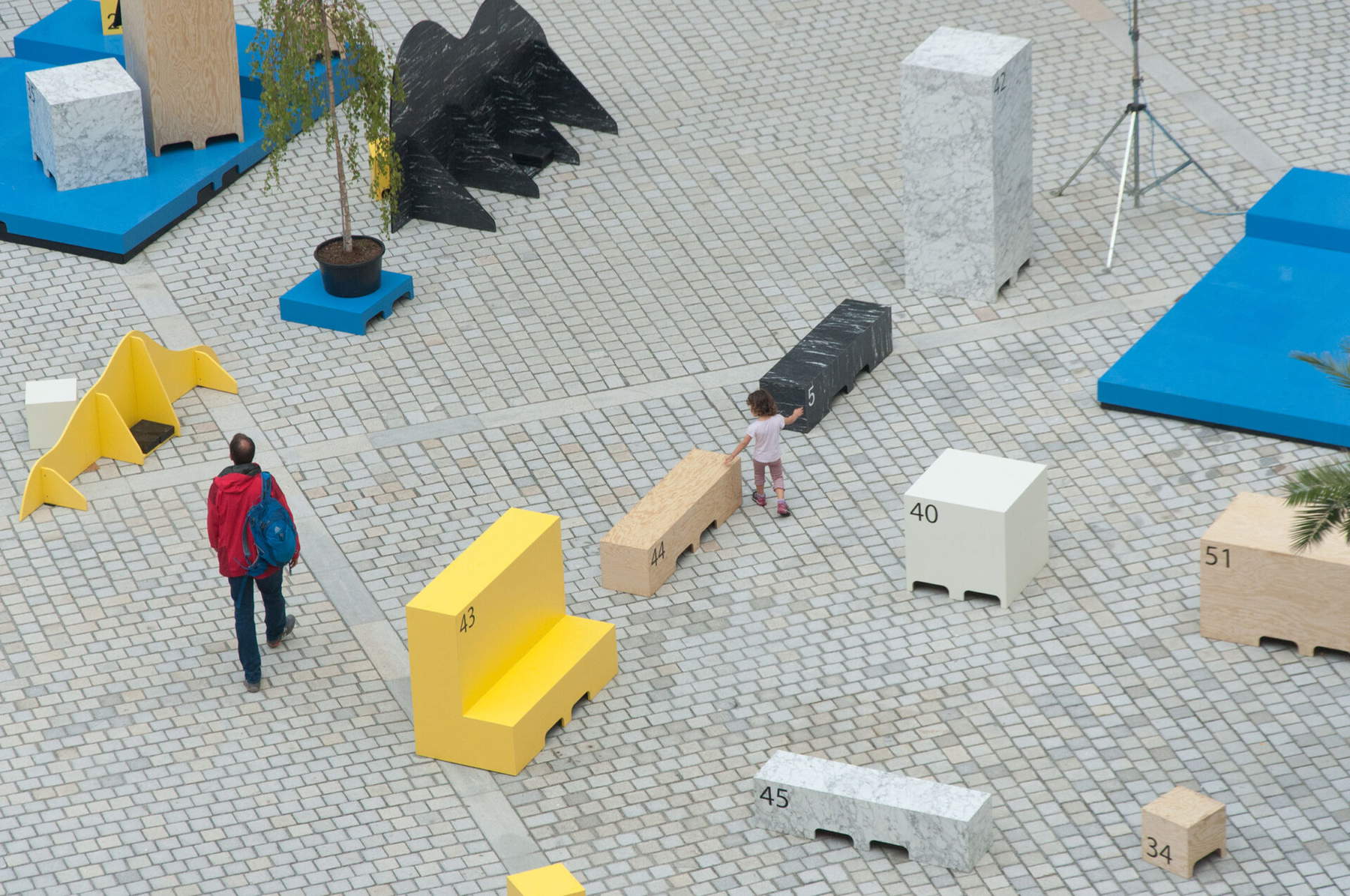
HYPERDESIGN. XXVII edition of the Gallarate Prize.
The HYPERDESIGN exhibition, curated by Chiara Alessi, represents the XXVII edition of the Gallarate Prize and focuses on design projects and processes from the zero years onward, emphasizing an image of a construction site in constant flux rather than a purely historical approach. In a context where design has become a mass profession, practices have progressed even in the absence of theories to support them, highlighting a renewed interest in the Italian craft tradition.
A significant example of this renaissance is Internoitaliano, a diffuse factory conceived by Giulio Iacchetti and Silvia Cortese. Here, designers and artisans collaborate to create a catalog of objects intended for any interior, recovering the manual roots of self-production. Simplified access to new technologies has also made possible the production of small custom-made series. One example is the Easy Covid breathing mask, designed by Isinnova, which transforms a snorkel mask into a respirator, using 3D-printed fittings to connect it to an oxygen regulator. Another example is Letizia, an innovative method for creating artificial lower limbs cheaply and quickly, developed during the conflict in Ukraine.
In parallel, new companies are emerging as alternatives to the big historical design brands, offering more freedom for young designers to experiment. Among them, Odo Fioravanti is exhibiting chairs made from recycled polystyrene and scraps, highlighting the potential of reusing materials.
Another significant aspect of contemporary design concerns the innovative use of materials. Formafantasma’s experience, for example, illustrates the aesthetic and technical possibilities offered by natural polymers extracted from plants and animal derivatives. Their Botanica series represents an evolution in design, with a focus on sustainable materials such as wood, lava material, and biodegradable polymers. Design is expanding into areas beyond those related to living. One example is Workair by D-air lab, founded by Lino Dainese in 2015, which designed the first airbag to protect workers at height, certified as Personal Protective Equipment. In this first two decades of the century, we are also witnessing a rewriting of design history, oriented toward an open source, collective and anonymous design process. An emblematic example of this phenomenon is Arduino, a hardware platform composed of electronic boards equipped with a microcontroller, developed in 2005. It is accessible to all for the creation of products adaptable to individual needs, highlighting a model of global sharing in design. The exhibition at MA*GA presents an overview of how design can intersect with disciplines such as anthropology and psychology, examining the contexts in which specific solutions can be implemented, actively interacting with users. A case in point is the Maidan Tent, a covered space created for migrants in the Ritsona refugee camp in Greece. The project also serves as a meeting place for socialization, organization of cultural events and discussion forums, helping to overcome the trauma of isolation.
Another significant project is that of LiveinSlums, an NGO active in vulnerable urban settings. The initiative involves professionals from various disciplines, including architects and designers, to carry out projects that address real local needs. After building a school with a dining hall and dormitory for 300 children in Mathare, one of Nairobi’s largest slums, the focus shifted to furniture design. Through a collaboration with Giacomo Moor, Mathare youth had the opportunity to learn new techniques and access paid handicrafts. The exhibition also explores the idea of hyperdesign, which breaks away from the traditional spaces associated with design itself and addresses crucial issues of the present, such as labor, disability and gender issues. Another major project on display is Italian Limes, first presented at the 14th International Architecture Exhibition of the Venice Biennale in 2014. The cartographic installation analyzes national boundaries in Alpine regions, revealing how global warming and glacier retreat are altering the borders between Italy, Austria, Switzerland and France, raising questions about territorial representation and its political implications. In addition, MA*GA is hosting public art works created by the CHEAP collective, founded by six women in Bologna in response to the 2012 earthquake. Through posters posted in the streets, CHEAP seeks to create a dialogue between curatorial practice and activism, intervening in neighborhoods and self-managed spaces. Finally, Sex & the City, a social promotion association founded in 2022, produced a site-specific emotional mapping of the city of Gallarate, examining the daily lives of women and gender minorities. The project aims to collect data on perceptions of insecurity and accessibility to services, contributing to an ongoing reconnaissance of the urban condition through a gendered lens. The importance of including people with disabilities in the design of public spaces has long been discussed, but sometimes it risks generating more subtle forms of exclusion. At MA*GA, the Universal Inclusive Park initiative, a project to redevelop Schuster Park, located in front of St. Paul’s Basilica in Rome, was presented. The intervention, which is being developed in view of the Jubilee 2025, is the result of a collaboration between the Department of Architecture of the University of Roma Tre, the Tetrabondi Foundation, the AES Architettura Emergenza Sviluppo Association, Rome City Hall VIII and the Department of the Environment of Roma Capitale.
In parallel, the Hyperdesign exhibition is enriched with Archeoplastica, a project conceived by Enzo Suma, who has been actively raising awareness about plastic pollution since 2018. The project takes the form of a virtual museum in which a selection of artifacts recovered from the sea can be seen, along with an archive that aims to make people think about the environmental impact of plastic and the inadequate management of its waste. The design agency Parasite2.0 has conceived a dynamic and interactive environment for MA*GA that transcends the traditional domestic dimension and looks like a constantly evolving construction site. Metal pipes, typical of construction scaffolding, and floating floor systems are the main elements of this setup, designed to accommodate not only artworks and objects, but also projects and messages that will be communicated and amplified through the walls erected especially for the occasion. Accompanying the two exhibitions, MA*GA has organized a rich program of public events, including lectures and meetings with some of the most distinguished names in the contemporary design scene. The milestones of the historical review conceived by Philippe Daverio will be explored in five Sunday meetings, curated by Emma Zanella, Alessandro Castiglioni, Vittoria Broggini, Lorena Giuranna and Francesca Chiara. In collaboration with the Order of Architects of Varese, the Dialogues of Design program, already familiar to the museum’s public, will include five evening events on Thursdays, dedicated to historic companies and studios that have marked the history of design in Italy and around the world.
For families, the museum offers a series of exploratory workshops dedicated to the most curious and entertaining aspects of design. It begins on Nov. 3 with the first Ludod’Arte event, an activity that combines visit and play in a space specially set up with a selection of designer games and design productions for the youngest children. Three Sundays will instead be devoted to Dismantle and Remount workshops, in which some of the objects on display will be observed and creatively reinterpreted. All activities are free of charge and supported as part of the Esordi project - reading, recognizing and welcoming new applications for help, with contributions from Fondazione Cariplo, Fondazione Peppino Vismara and the Intesa Sanpaolo Benefit Fund. The reviews receive support from the Ministry of Culture, both under the PNRR (M1C3-3), funded by the European Union through NextGenerationEU and managed by MIC, and for funding related to the Culture Fund 2022-2024 with the project The Museum in the Post-Digital Era. They are also part of the Archipelago Design project, funded through the Lombardy Region’s Single Notice 2024. The exhibitions are further supported by technical sponsors, including BIG/CiaccioArte, MMG, Flos, Danese Milano, Anonima Castelli, Zürcher Italia and Artshell. With the launch of these exhibitions, the Pact for the Arts, a strategic agreement between culture and business launched in early 2024 in collaboration with Confindustria Varese, also comes to life. Numerous companies support the exhibitions as partners, including Confindustria Varese, Lamberti S.p.A., SEA S.p.A., Yamamay, Camal Le vie del Cotone and Valore BF. Special partners include A&A - Albè Associati Studio Legale and Banca Popolare di Sondrio, while main partners include Missoni S.p.A., Ricola and Saporiti S.p.A. Since 2015, when the exhibition Missoni, Art, Color opened, the collaboration between Missoni and the MAGA Museum has developed along two main project lines: the Ottavio Missoni Tapestry Room, with exhibitions curated in collaboration with theMissoni Archives, and the INTRECCI project . MAGA and MISSONI for Art and Education, now in its fourth edition.
Ricola, for the seventh consecutive year, will work alongside the Gallaratese museum as an institutional partner, supporting the exhibition programming and all the cultural activities scheduled for 2024. The Swiss company Ricola confirms the great attention it has always shown toward art and design and with which it has a deep connection since the Richterich family, founder of Ricola, started an important art collection in the 1960s-1970s aimed essentially at contemporary Swiss artists. Ricola, which also supports the exhibitions as a major partner, offers free admission to the first 50 visitors who book at the Museum’s ticket office or on Ticketone to access the exhibition from 3 p.m. on the first Fridays of each month.
“With this in mind, as a company it seemed natural, as part of our culture of sustainability, to make the heritage and know-how of a company with more than 70 years of history available to the Museum’s public, and to continue to support the Museum’s cultural activities in our area by supporting the Arts Pact,” comments Luca Missoni, Artistic Director of the Missoni Archives and since 2017 President of the Friends of MA*GA Association.
Practical information
Hours:
Tuesday, Wednesday, Thursday and Friday: 10 a.m.-6 p.m. | Saturday and Sunday: 11 a.m.-7 p.m.
Special opening: Nov. 1, Dec. 8, Dec. 26, Jan. 6, 2025: hours 11 a.m. - 7 p.m.
Dec. 31: hours 10 a.m. - 3 p.m.
Extraordinary closures: Dec. 24, Dec. 25, Jan. 1, 2025
Ticket Prices:
Full: € 12.00
Reduced: € 10.00
 |
| Two exhibition routes tell the story of Italian design on display at MA*GA in Gallarate |
Warning: the translation into English of the original Italian article was created using automatic tools. We undertake to review all articles, but we do not guarantee the total absence of inaccuracies in the translation due to the program. You can find the original by clicking on the ITA button. If you find any mistake,please contact us.




























